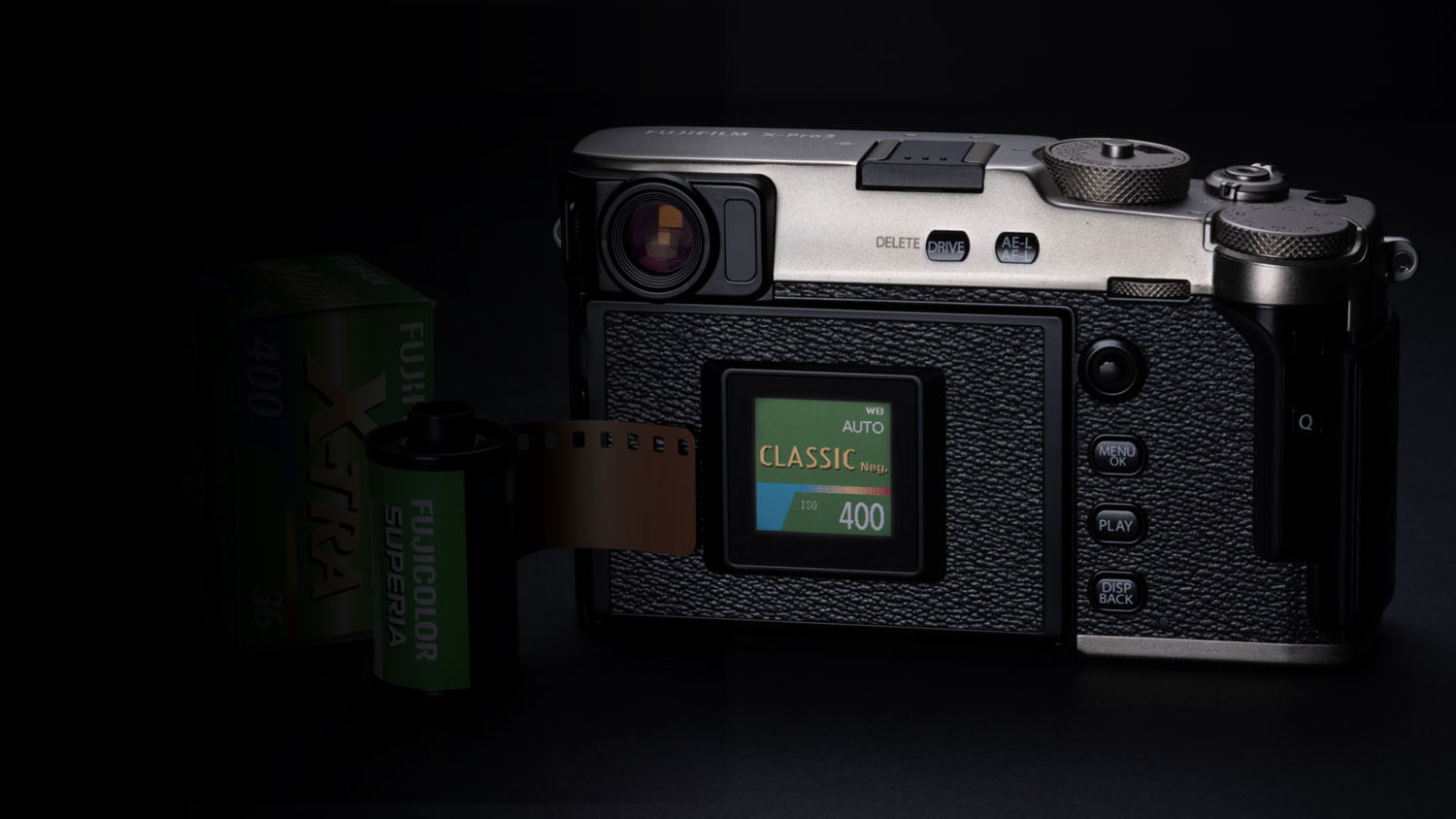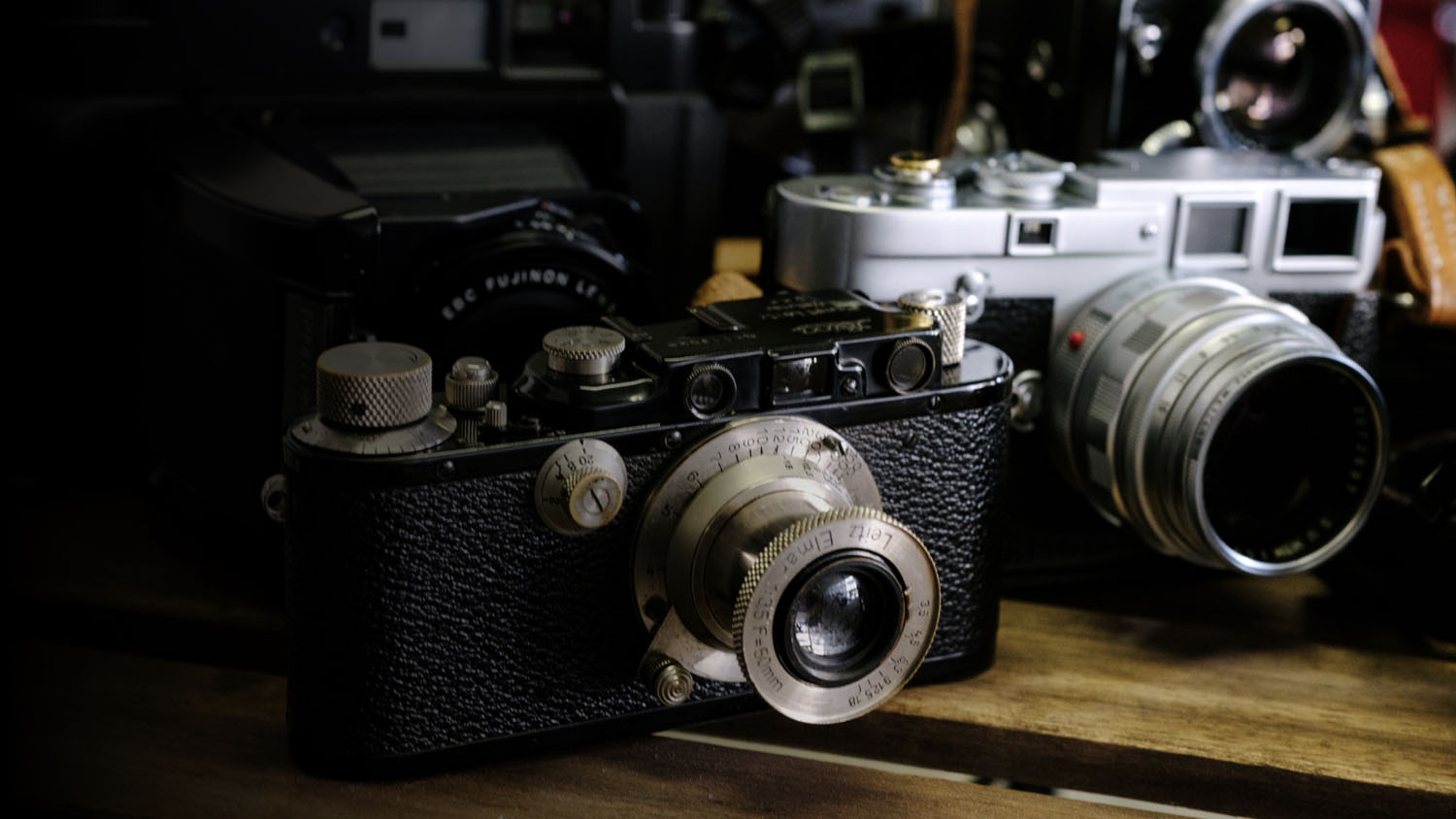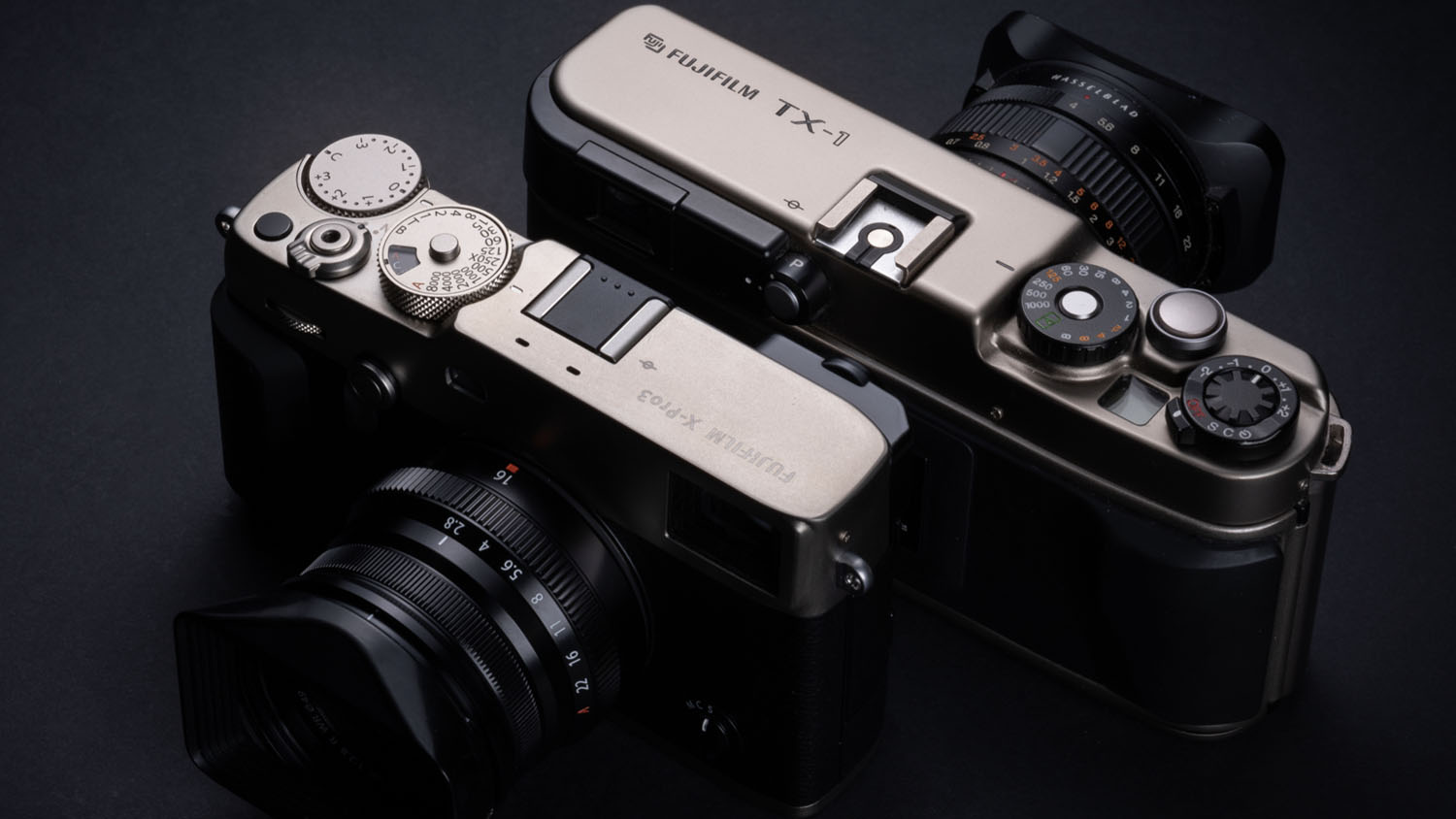
Fujifilm’s cameras have always been heavily inspired by film cameras, but the Fujifilm X-Pro3 is a step closer to film cameras than Fujifilm has made before. I know many photographers that enjoy film, but regret shooting it later when they have to deal with developing and scanning negatives.
Many of these photographers are more than willing to buy a Leica camera just for the experience alone and some will pay even more money for a Leica camera that does not have a screen on it at all. In my opinion, these are the photographers that Fujifilm is targeting with the X-Pro3 and I do not think they are wrong to take this approach.

When the Fujifilm X-Pro1 first came out many Leica photographers purchased one including myself. I’m also aware that many Leica representatives were not happy about the X100 and X-Pro1 because they saw the cameras as a rip off M, while photographers largely saw it as something the Leica M design should have evolved into and Fujifilm’s approach to camera design largely supports both perspectives.
“I know a product planner who actually keeps an F3 and FM3A on the table, and a GF670 and GA645 on a reference shelf. Occasionally one or another will go missing; probably the planner is using it. It can’t be helped.
This is not to say that FUJIFILM product planners don’t research digital cameras. Many are procured every month, both from FUJIFILM and from others, and unflinchingly put through their paces. The new features, the latest advances in technology, and all the rest are subject to examination. Companies are investing in the cutting edge of current technology. And this should be the optimal approach, now that I come to think of it.
What, then, is the purpose of re-examining film cameras from some point in the past? What are we trying to learn? Particularly we whose work is developing digital cameras?
The reason we do this is to discover universals, to identify the things that don’t change no matter how much features and technology may advance; it is most certainly not for nostalgia’s sake.
One could say that what we are looking for are the fundamentals of cameras and photography. In contrast, product planners who have grown used to digital cameras become distracted by advances in technology. If you want to understand how you normally take pictures, how cameras handle in ways that make you happy, and why cameras excite you in the first place, then simple, classic cameras make excellent subjects for study.”
Fujifilm’s focus on discovering universals is going to lead to a very Leica M like design every time because that is one of the most enjoyable cameras to shoot if you enjoy fundamentals. Fujifilm took the whole design one step further over the years with their texas range finders and later X-Pro1, but they also evolved the experience into something more modern than any Leica M could hope to be.

This is why the rear film display and hidden screen makes so much sense for the Fujifilm X-Pro3. The Fujifilm X-T is more popular than the X-Pro by far, but it is a less enjoyable experience if you like to be in complete control of your camera. The Fujifilm X-T3 is loaded with features that can distract from focusing on the exposure triangle and the X-Pro3 gets away from those distractions.
“The original idea was to reconsider what information a photographer needs from the camera for worry-free photography.
The X Series is designed so that shooting settings can be viewed simply by glancing at the top of the camera, without turning the camera on. A look at the aperture ring and the shutter-speed, ISO, and exposure compensation dials is all you need before putting your eye to the viewfinder and framing the shot.
And yet, one piece of information is still missing: the number of exposures remaining. I mentioned the F3 and FM3 earlier, but actually the initial inspiration came from the TX-1, specifically the “FILM” counter positioned between the two dials on the top of the camera. I find this very appealing even today.”
I’m glad that Fujifilm decided to make this bold move while preserving a hidden LCD screen. I know many photographers that regularly shoot with their LCD screen turned around or off that will appreciate the feature and I think that photographers that do not think they will enjoy shooting like this should at least try it for an extended period before they put shooting like this down.

Fujifilm X-Pro News, Rumors, and Collaboration
Fujifilm X-Pro Owners Group
Follow Fujiaddict on Facebook, Twitter, Instagram, and YouTube
Fujifilm X-Pro3 (Pick Your Trim): B&H Photo / Amazon / Adorama
via Fujifilm
